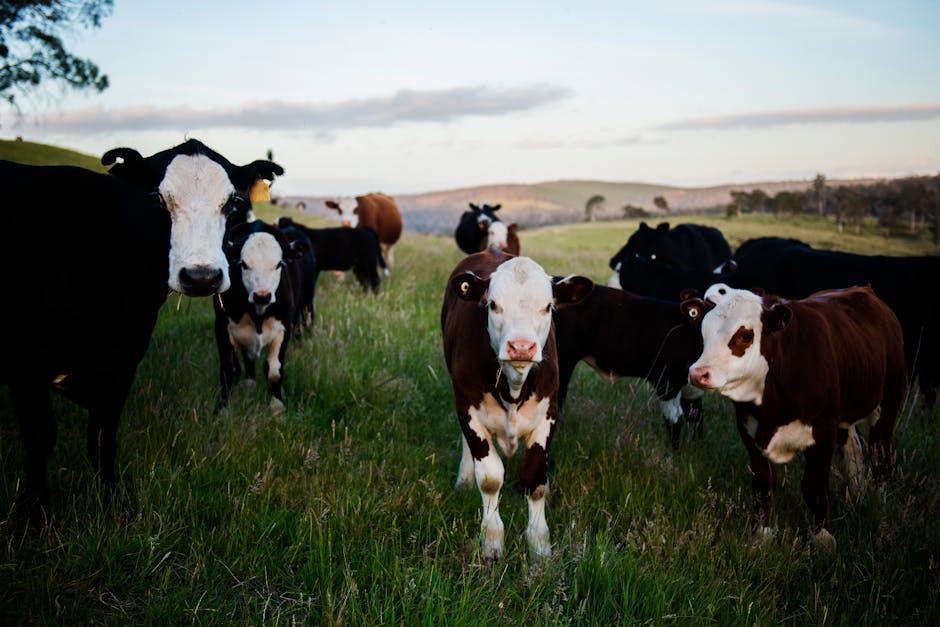It can be difficult to maintain your cattle handling and care when winter rolls in. From impacting on the comfort and safety of cattle through to reducing the overall standard of your farm, winter brings some obstacles that need to be counteracted in order to continue operating a successful cattle farm.

Image Source:pexels
But while winter can be a challenging time for livestock and cattle farmers, there are several measures you can take to maintain your cattle’s health, shelter, nutrition, and general wellbeing. Follow these simple steps to guarantee a cozier and less stressful winter for your livestock with quality cattle handling equipment and maintenance techniques.
Ensure Your Cattle Are Comfortable
Cattle are generally very good at getting used to cold environments, with their thick coats helping them to stay warm. So when winter comes, their bodies will usually adapt to the lower temperatures outside. However, Melbourne winters can be inconsistent, which poses some health hazards for livestock in terms of their comfort, safety, and health. Wind, in particular, can affect the comfort of cattle, especially if their coats get wet.
In order to keep your livestock completely comfortable during the colder months, avoid letting them get wet from rain and impacted by wind. Provide your livestock with the shelter where rain and wind will not be able to impact on their comfort, health and stress levels. Severe cold stress can affect cattle in a few different ways, from hypothermia to cold-induced anxiety, so it’s vital that you provide shelter for your cattle that’s out of the wind and rain.
Finding Adequate Shelter
There’s a variety of cattle handling equipment available that can make your job easier when it comes to protecting livestock in the colder months. The shelter you provide for your cattle should be dry and resistant to wind, snow, and rain. Providing shelter for your cattle that’s inadequate and causes dampness or mold can result in cold and stressed cattle.
If your farm gets particularly cold, you may want to invest in cattle enclosures that can be easily heated and adjusted to provide complete comfort for your livestock. However, you should also look for cattle handling equipment that’s versatile in the fact that it’s only semi-confined. Confining your cattle to a small, immobilized area for long periods of time can make them anxious, but providing your cattle with a way in and out of the sheltered area means that they can get some sun on warmer days and won’t feel as restricted.
Maintain Their Feed and Water Intake
In winter, it’s crucial to provide as much food and water as your cattle need. Just like humans, more food is necessary in colder times to reach peak energy levels. To achieve your livestock’s energy requirements, it’s important that you drastically increase both their food and water intake. Eating more will assist them in staying warm, so give them more hay, grain, and water than you normally would in summer or spring. Proper hydration for cattle during winter is also imperative, so make sure you provide plenty of water and take steps so it won’t freeze.













